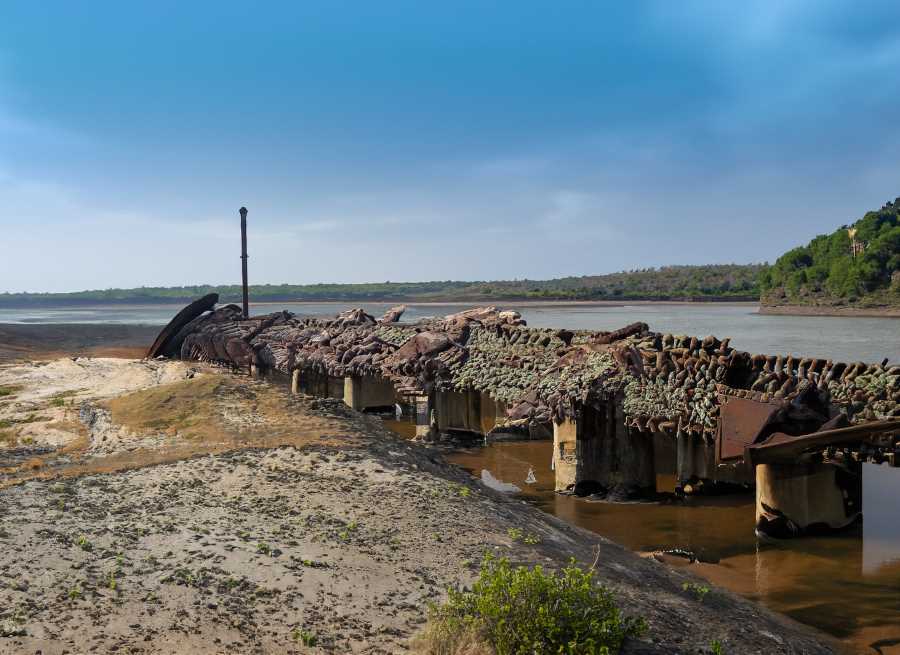Human History and Ecology Collide in Bahía de Los Ángeles
The Bahía de Los Ángeles region is a living museum of human innovation and ecological exploitation, chronicling 12,000 years of interplay between human societies and the environment.

The Bahía de Los Ángeles region, a study in layered history and fluctuating ecological fortunes, has long been a tapestry of human endeavor and environmental change. Stretching across 12,000 years, its narrative reveals not just the rise and fall of cultures but also the ebb and flow of natural resources, exposing a poignant reflection of human interaction with the Earth.
The groundbreaking research of Bowen et al. (2008) unveils a vibrant past, capturing over six millennia of indigenous cultures who thrived on both the peninsula and Isla Ángel de La Guarda. Through artifacts ranging from simple shelly pits to sophisticated bows and arrows, this landscape is replete with traces of communities harmoniously entwined with their environment. They utilized everything from land animals and vegetation to a wide array of marine life, masterfully exploiting the bounty of both terrestrial and aquatic ecosystems.




